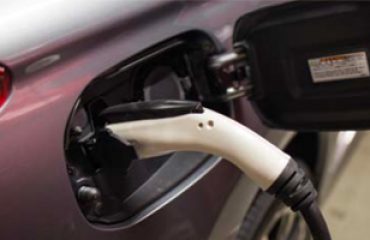On the eve of the federal budget, Labor unveiled a new electric vehicle policy that has never been tested before in this country.
If elected, Opposition Leader Bill Shorten has promised that 50 per cent of new car sales would be electric by 2030.
The pre-election pitch is being sold as a way to help achieve Labor’s emissions reduction target of 45 per cent on 2005 levels by 2030, and an opportunity to kickstart an electric vehicle manufacturing industry.
But it raises questions about the future cost of cars, how the fuel excise will be replaced and whether boosting electric cars is the right solution to a pressing global problem.
The problem
Transport is Australia’s third-largest source of greenhouse gas pollution, contributing 19 per cent of the country’s emissions. Nearly half of this pollution comes from tailpipe emissions, caused by the combustion of petroleum-based fuels.
By 2030, transport sector pollution will rise by 15 per cent and cars will remain the key source, a Senate report found.
Transport has to be in the mix,” the Grattan Institute’s energy program director Tony Wood said of the country’s effort to achieve its emissions targets.
“And it’s a pity we haven’t started earlier because once we no longer had a vehicle manufacturing industry to protect, then you would have thought we could start to raise our standard for vehicle emissions.”
Australia has become what many describe as a dumping ground for the world’s dirtiest cars, the result of poor quality fuel and a lack of any vehicle emissions standards, putting us behind countries like China, Turkey and India.
The carbon dioxide (CO2) emissions intensity for passenger cars in Australia is 45 per cent worse than in Europe, the National Transport Commission found.
A lack of incentives for electric cars means that they now constitute just 0.2 per cent of new purchases in Australia, yet they approach nearly half of all new sales in Norway.
It comes as the United Nations is warning that Australia is off track to meet its commitment under the 2015 International Paris Agreement to limit the warming of the planet to “well below” 2 degrees Celsius above pre-industrial levels.
Wood said that in order to achieve Australia’s emissions target, the country must reduce pollution to around 146 million tonnes of carbon dioxide by 2030, which is 22 per cent lower than the most recent projection for 2030. READ MORE
Article by Timna Jacks, The Sydney Morning Herald, 7 April 2019




